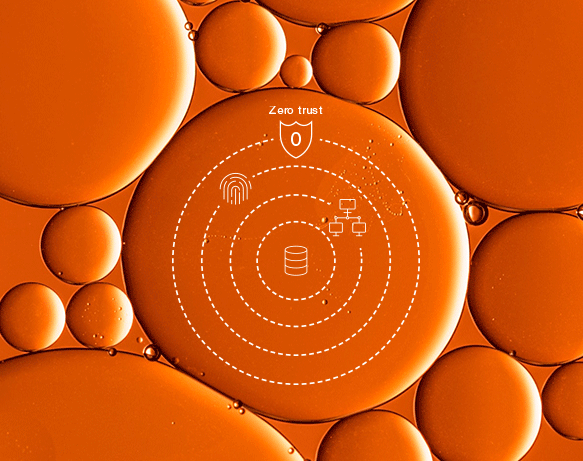Cyber deception is the most effective way to identify threat actors in any organization’s network. Read on for insight into how it works to deliver actionable threat intelligence across industries.
Highlights.
-
According to Gartner, Automated Moving Target Defense (AMTD) solutions will replace at least 15% of traditional detection and response solutions by 2025. That’s a big increase considering these solutions currently make up only 2% of detection and response market share. What exactly is AMTD? And, more importantly, why are organizations starting to implement it? Take… Read more

-
Categories: Threat Intelligence
A major embarrassment, at best, and a national security threat at worst. The recent case of a 21-year-old Air National Guardsman charged with leaking top-secret U.S. documents shares at least one thing with another famous leaker Edward Snowden: They both worked in government tech support. Insider threat is one of the most difficult threats to… Read more

-
Categories: Cybersecurity Trends
Cybersecurity News May Edition. Click through to find out what our team of experts was reading and talking about this month. Read more

-
The security gap left by XDRs, MDRs, and EDRs is up to 30%. 30%! This is not a small number. Extended Detection and Response (XDR) solutions provide a holistic approach to cybersecurity, thanks to their integration of various cybersecurity solutions from different sources. But without behavior patterns from previous attacks, there’s no way to automatically… Read more

-
The federal government and military sectors are continuously under cyber attack by sophisticated and nation-state threat actors. New threats are discovered every day, which means your organization needs the most advanced detection and response capabilities available as well as custom cybersecurity solutions. Governments have a unique set of challenges that necessitates unique solutions. They are… Read more

-
Threat intelligence used to be the domain of a few cybersecurity analysts who spent their time tracking global bad actors and piecing together knowledge of their tactics, techniques, and procedures (TTPs). Today, any organization can subscribe to threat intelligence services and feeds, using the data to predict and identify threats targeting their business. The numerous… Read more


















